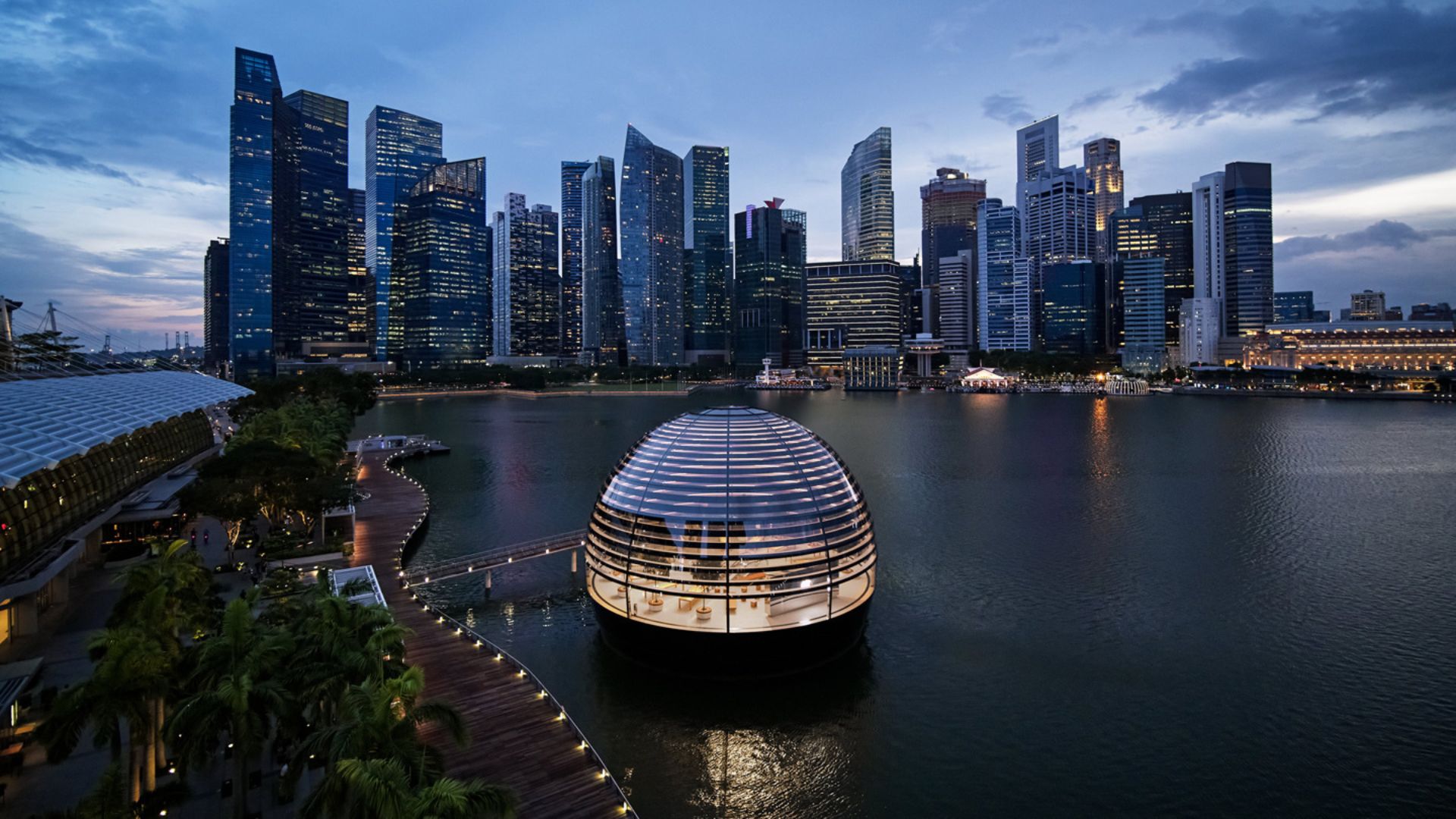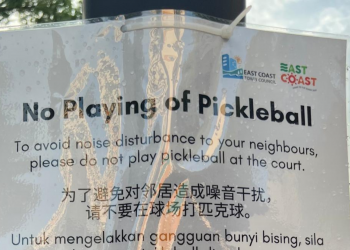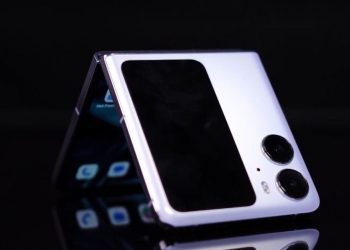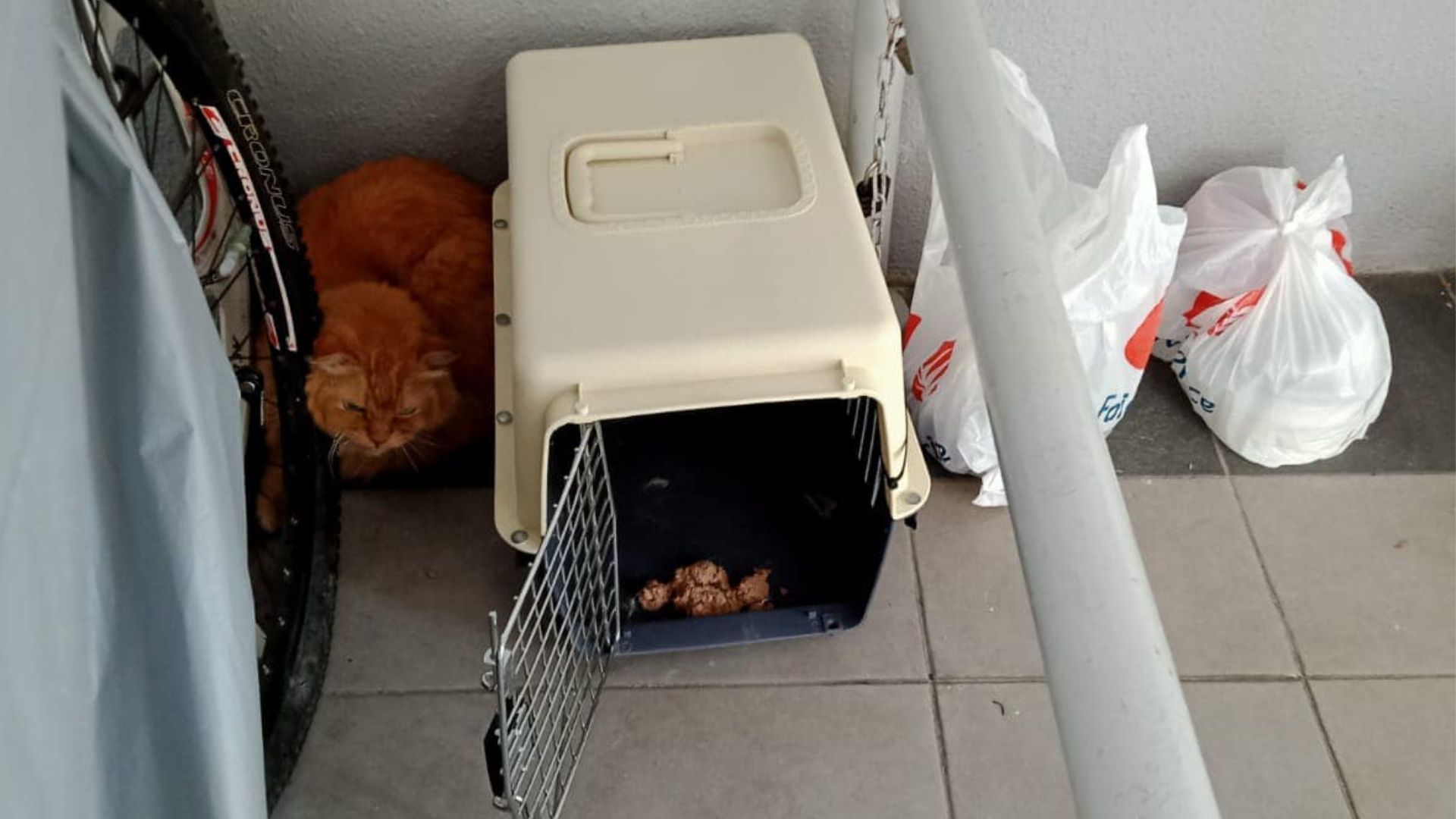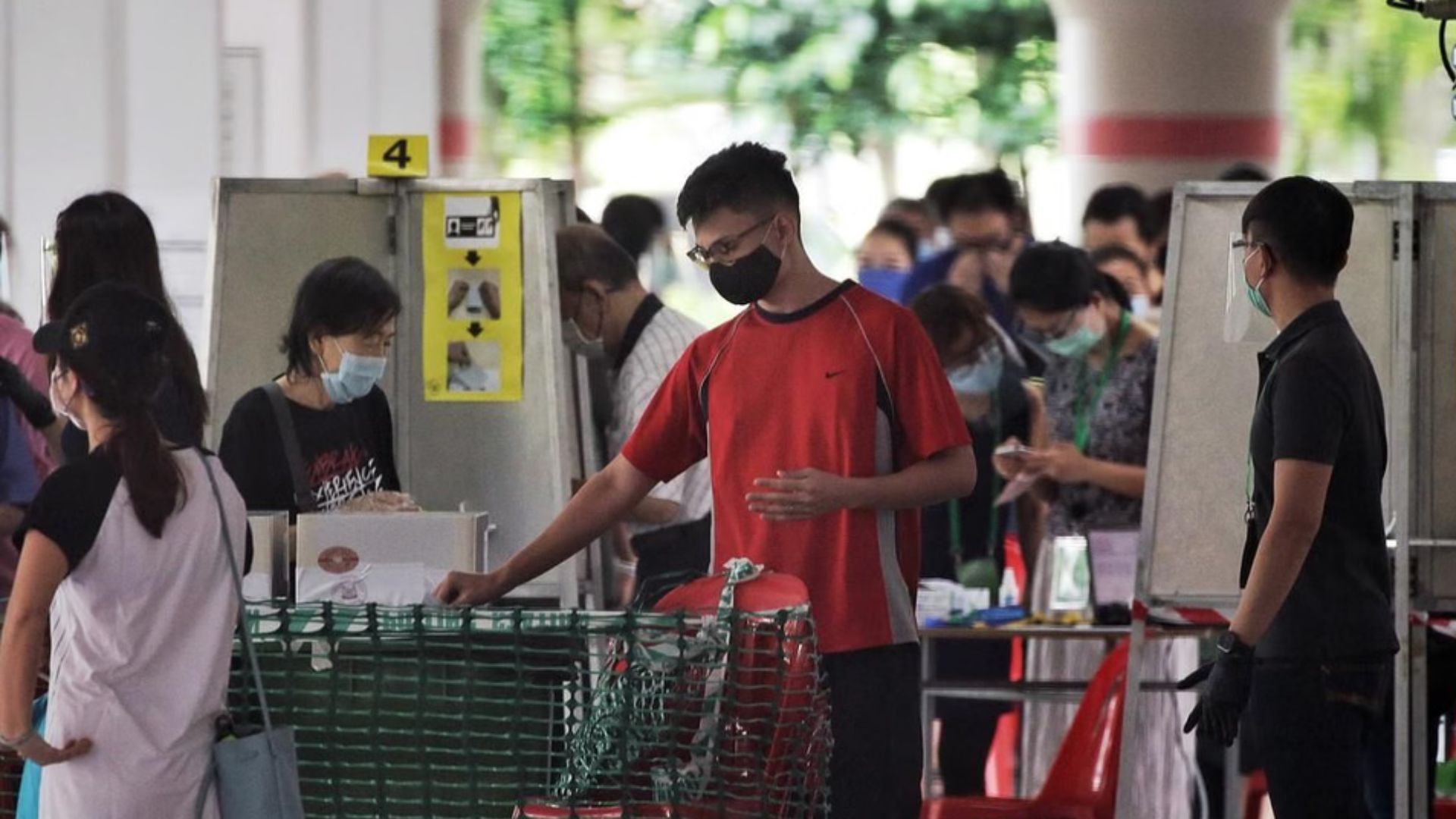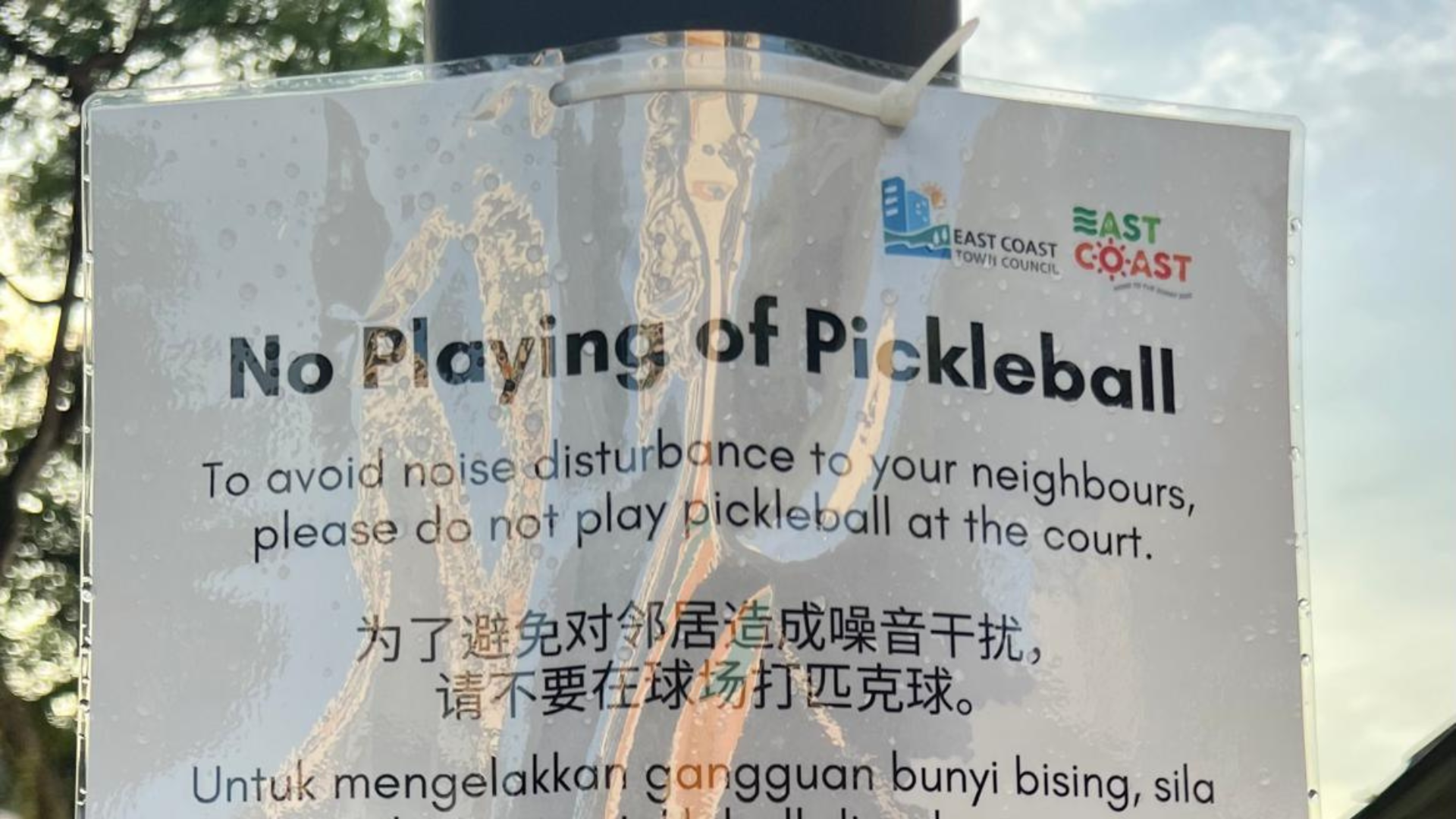Did you wince as you watched the iPhone 13 in the new Apple commercial fall off the table?
The advertisement, released on 18 July to spotlight the protective durability of the iPhone 13, seems to encourage users to ditch their phone cases and have their Apple smartphones go commando.
After all, the 38-second clip, titled ‘Edge’, shows the product withstanding the drop from a table and still remains functional, with the final text “Relax” appearing at the end. The advertisement garnered over two million views on YouTube at the time of writing.
To case or not to case your iPhone
The case of going commando has been an ongoing debate among iPhone savants and casuals since the inception of the smartphone.
Given their rising expenses and fragile nature — iPhones have jumped 15 per cent in price since 2016, and as typical phone repairs cost about $500 as estimated by a local phone repairer — smartphones almost always require being covered in a case so they can hold up to everyday life and clumsiness.
Contributing writer Chris Matyszczyk, for IT portal ZDNet, welcomed Apple’s messaging saying that it helps wean consumers off “unaesthetic” and “anti-aesthetic behaviour” by allowing the aesthetics of the iPhone to be fully displayed.
Mr Matyszczyk, a “bare phone” loyalist, even asked whether Apple executives “wrap their iPhone in cases”, and compared putting an iPhone in a case to “going to a three-star Michelin restaurant and asking for ketchup” in a 2016 article.
Smartphones have come a long way since the launch of the first iPhone in 2007, and growing stronger and slimmer. The front screen of the iPhone features a Ceramic Shield which was developed with leading glass manufacturer Corning.
While the advancement of material science does make a case for adequate phone protection for some users, other users have a different perception.
Part-time preschool teacher Selene Quek says that phone cases with slings attached are popular among her colleagues.
“Working in childcare, phone cases with slings allow me to keep my hands free for work and still have it close by,” she says.
The 29-year-old is a loyal Apple consumer and has been using iPhones exclusively since her first iPhone 3. She adds that her current iPhone will not be going commando as she tends to be clumsy and uses a soft rubber phone case for peace of mind.
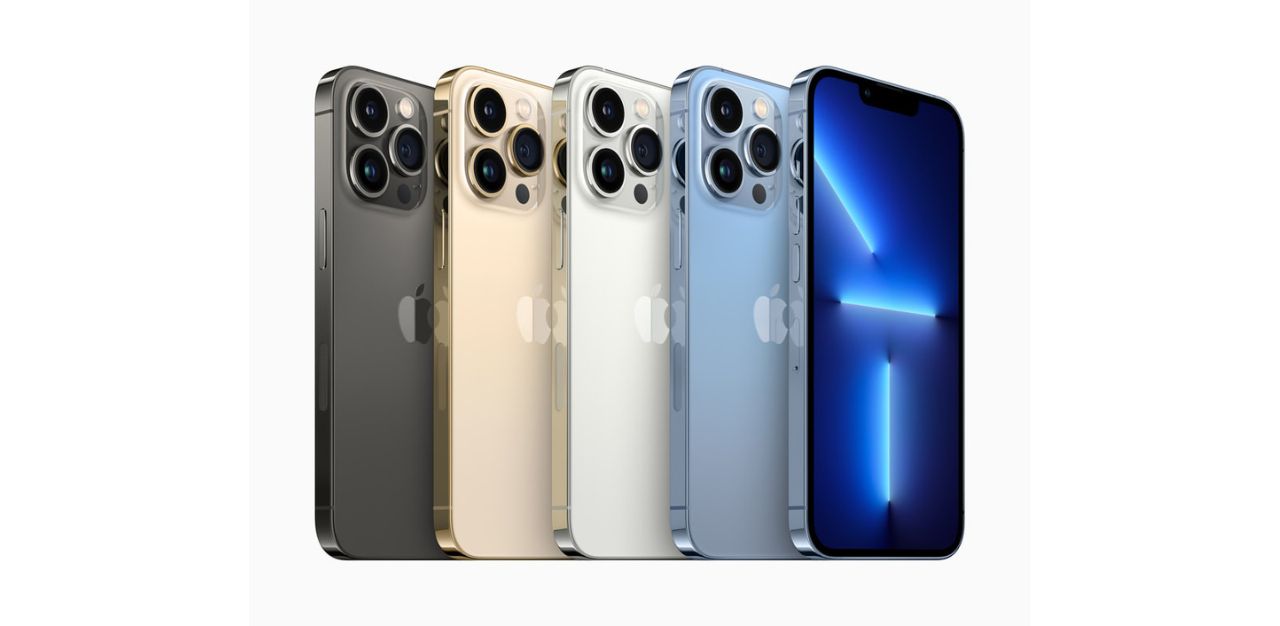
Technology writer and author of Apple CEO’s Tim Cook biography Leander Kahney said users do not want to “sully the beautiful hardware”, speaking of the famed design of Apple products in a 2019 article with Vox.
In the same article, consumer psychologist and author Kit Yarrow said the tech industry “pushes us (consumers) to level up our phones every few years, and they’re all too happy to shorten the cycle”, when responding to the practices of phone manufacturers.
Mr Kahney responded to the view saying that he did not think Apple and other phone manufacturers pull these “cynical games” as there is “more profit in them being longer-lasting” due to Apple’s “trade-in programs” and the size of the secondary market of mobile phones.
Do not judge me by my successes, judge me by how many times I fall and get back up again.
Mr Antonio Villas-Boas from Business Insider commended the scratch resistance of the phone but noted that it was “not invincible”, in his review of the phone.
“Apple’s Ceramic Shield certainly seems stronger than previous iPhones, but it still hasn’t eliminated the need for a screen protector if you’re particularly concerned about scratching your screen,” he said.
Popular YouTube channel, EverythingApplePro (EAP), praised the durability of the iPhone 13 after it survived a series of ‘fall-test’. The video has two million views at the time of writing.
The Asia Pacific mobile phone insurance market is projected for strong growth between 2019 and 2026 with a compound annual growth rate of 11.66 per cent and a total addressable market cap of US$58.29 billion (S$80.79 billion), said a 2020 report on the Asia Pacific Mobile Phone Insurance published by Report Ocean.
Apple offers customers in Singapore a one-year limited warranty of hardware repair for iPhones and this guarantees against “defects in materials and workmanship when used normally in accordance with Apple’s published guidelines for a period of one year from the date of original retail purchase by the end-user purchaser”.
However, the warranty does not include “cosmetic damage, including but not limited to scratches, dents and broken plastic on ports unless failure has occurred due to a defect in materials or workmanship”.
AppleCare+, provides additional coverage which extends to two years and adds up to two incidents of accidental damage protection every 12 months. Each incident is subject to a service fee of S$42 for screen or back glass damage, or S$148 for other accidental damage.
Additionally, out of warranty screen repairs cost between S$339 and S$489, varying on the model of the iPhone 13. Apple also announced a self-service repair option in 2021.
Apart from the warranties offered through direct sales from Apple, phone retailers in Singapore, like Singtel, offer various warranty and swap schemes such as its MobileSwop plans. It allows for a direct phone replacement, and costs a S$9.90 monthly fee with an additional cost between S$80 to S$860 depending on the model and condition of the device.
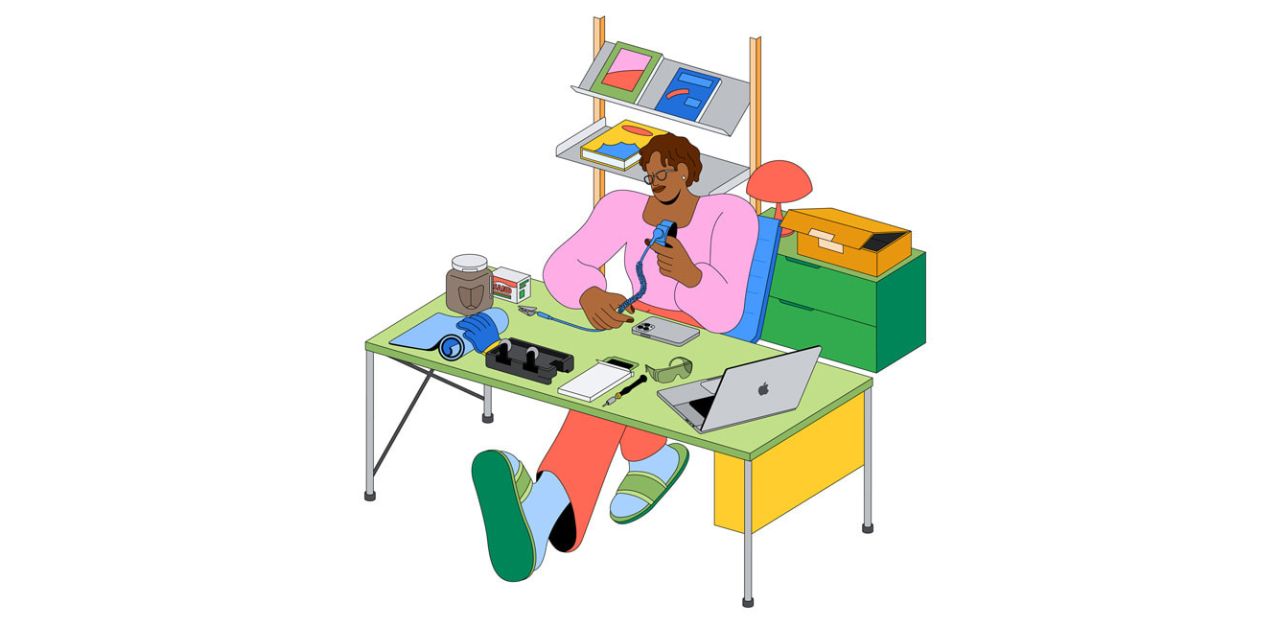
Market data company Statista reports Singapore as a “main destination” for mobile companies with an estimated 4.65 million smartphone users and a mobile penetration rate of 159.1 per cent, and Apple is the market leader among mobile vendors in Singapore with a market share of approximately 33.6 per cent.
As the jury of Singaporean Apple fanatics continue to deliberate whether the clip has convinced them to ditch the covers for aesthetics, it remains to be seen if the advertisement is another famed marketing move from the tech giant, or if the Apple service centres are prepared to receive a deluge of broken screens.
Moreover, it is a curious and bold claim from the company given the release of the iPhone 13 over a year ago. Or is the advertisement just wetting the palettes of consumers for the launch of the iPhone 14, speculated to be in September 2022?
According to estimates by Canalys, the Q2 2022 market share for worldwide smartphone shipments sees Apple at 17 per cent, second only to Samsung at 21 per cent. While other leading manufacturers have seen a steady growth since Q1 2020, Apple has a noticeably fluctuating market share despite its overall growth within the period.
Canalys Analyst Toby Zhu, said that the “falling demand is causing great concern for the entire smartphone supply chain”.
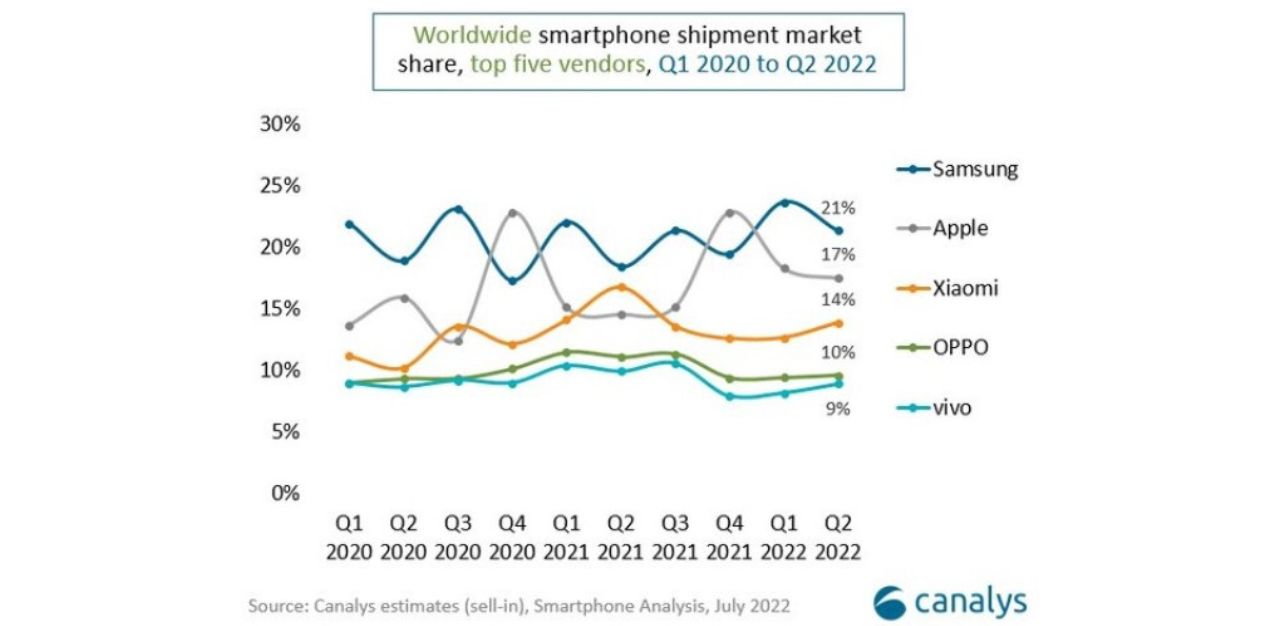
Much remains to be seen as phone manufacturers compete in an increasingly saturated market. But the question for now that consumers have to wrangle with – will you be willing to go commando?
RELATED: Oppo’s marriage with Hasselblad for the Find X5 Pro: Is it worth the Hassel?
Join the conversations on TheHomeGround Asia’s Facebook and Instagram, and get the latest updates via Telegram.

